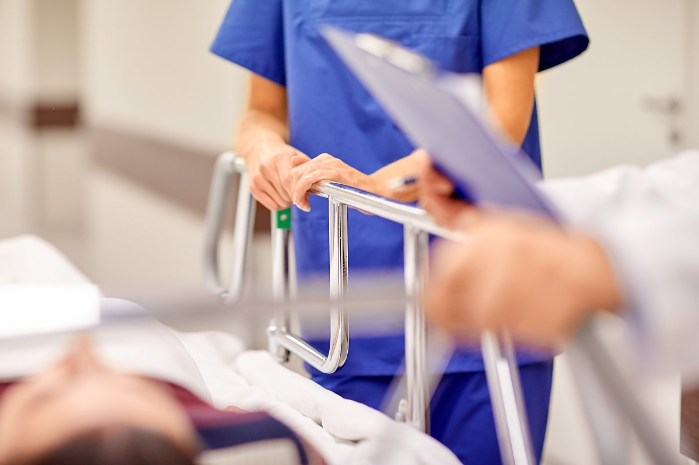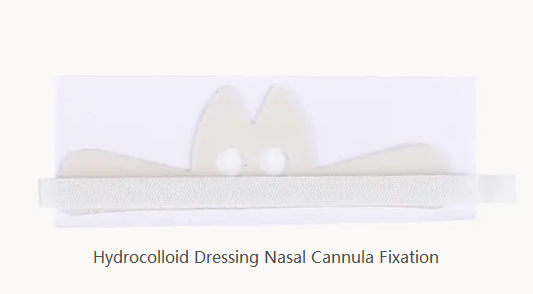All medical devices can cause MDRPI . The degree and shape of the injury are often related to the frequency of use and the shape of the device . The most commonly used medical devices in hospitals , such as trachea, nasogastric tube, oxygen tube, and non-invasive ventilation masks, are often Both are associated with pressure ulcers from conventional devices in contact with vulnerable skin and soft tissues. MDRPI can also increase the risk of potentially life-threatening infections, such as sepsis . Babies with a weak skin protective system can cause pain and scarring , leading to a reduced quality of life. Let's take a look at how to prevent pressure injuries related to medical devices in the nose.
Medical Device Related Pressure Injury (MDRPI) ?
It is localized damage due to continuous pressure on the skin or mucous membrane or underlying tissue with a device for diagnostic or therapeutic purposes. The resulting tissue damage usually conforms to the shape of the medical device, such as common tracheal and intubation nasogastric tubes are often fixed with tape Or strapping is fixed , it is easy to cause skin damage.
What causes it?
1. Improper use: The quality of the equipment is not good, the fixation is not suitable, and the same part is under pressure for too long.
2. Inadequate assessment: Inadequate assessment of the patient's skin condition, failure to observe the pressure on hidden parts in time, inadequacy in the assessment of equipment materials, etc.
the most common sites of MDRPI are the ears and nose.
How to prevent pressure injuries related to medical devices in different parts ?
site placement and use of correct dressing:
nose: PU caused by pressure on the bridge of the nose can be treated by using Hydrocolloid Dressing Nasal Cannula Fixation under the mask, which is made of hydrocolloid dressings and used to treat wounds such as pressure sores. It is mainly to reduce the incidence of nasal pressure injury by reducing the pressure exerted by the endotracheal tube on the nose through hydrocolloid dressing. It also keeps the skin moist and inhibits infection, reducing the incidence of nasal pressure injuries.
Lips: PU caused by gastric tube can be prevented by increasing the frequency of turning the gastric tube every day (such as every 2 hours) or using hydrocolloid dressing or foam dressing under the gastric tube.
requires attention:
Prophylactic dressings may be used under medical equipment to reduce the risk of MDRPI. However, too many layers of dressing should be avoided as this may increase the pressure between the device and the skin. When selecting a prophylactic dressing, clinicians should consider any friction at the skin-dressing interface and the ease of dressing application and removal. Foam dressings can be used to control moisture and skin microclimate, for example, in the setting of a tracheostomy tube. However, application of opaque dressings prevents direct visualization of the underlying skin, and frequent removal of adhesive dressings can result in peeling of the epidermis. Therefore, the risks and benefits of dressings must be weighed in each case.
For more information on Innomed® hydrocolloid dressing nasal cannula fixation, refer to the previous articles. If you have customized needs, you are welcome to contact us; we will serve you wholeheartedly. At Longterm Medical, we transform this data by innovating and developing products that make life easier for those who need loving care.
Editor: kiki Jia
Date: December 7, 2022

 English
English عربى
عربى Español
Español русский
русский 中文简体
中文简体








